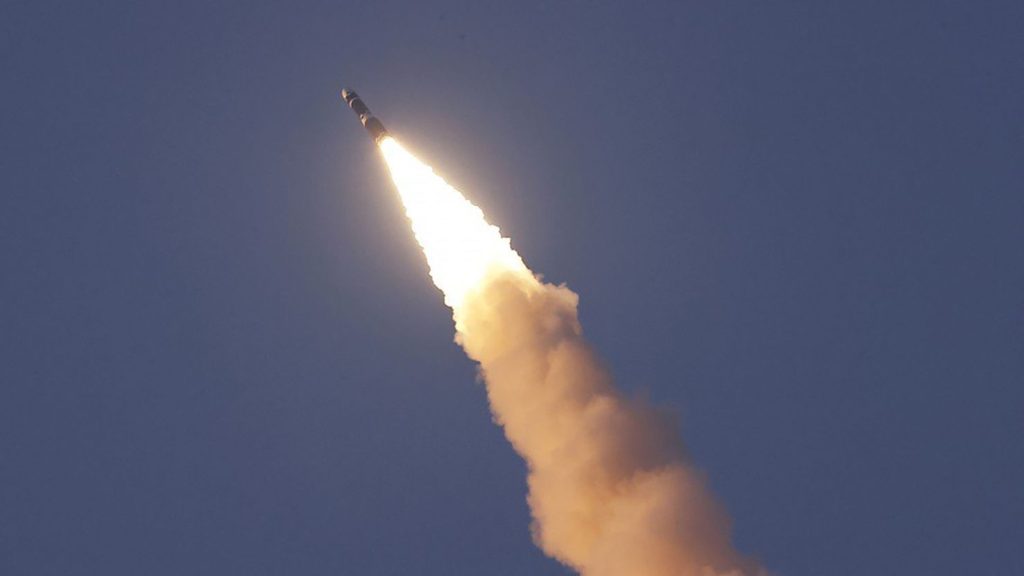PYONGYANG: North Korea recently announced the successful test of its latest intercontinental ballistic missile (ICBM), the Hwasong-19, in a clear display of military strength. The missile reportedly reached an altitude of 7,687 kilometers and traveled over 1,000 kilometers in a flight duration of 5,156 seconds.
On Thursday, North Korea launched another long-range ballistic missile into the sea off its eastern coast, following reports that preparations for an ICBM launch were underway. This missile landed approximately 300 kilometers west of Japan’s Okushiri Island but outside Japan’s exclusive economic zone, drawing condemnation from Japanese officials who labeled the launch a significant security threat.
In the last ICBM test conducted by North Korea last year, the missile, equipped with solid propellant and launched from a mobile platform, reportedly had a range of 15,000 kilometers—enough to potentially reach the United States. This latest test has heightened concerns in Washington and among its allies, as North Korea’s advancing missile capabilities continue to pose a regional and global threat.
Amid these developments, North Korea has also faced scrutiny for allegedly deploying troops to assist in the Ukraine-Russia conflict. Reports from the United States and Ukrainian sources suggest that around 10,000 North Korean soldiers have been spotted in the Russian city of Kursk near the Ukraine border, underscoring Pyongyang’s controversial role in the ongoing conflict.


